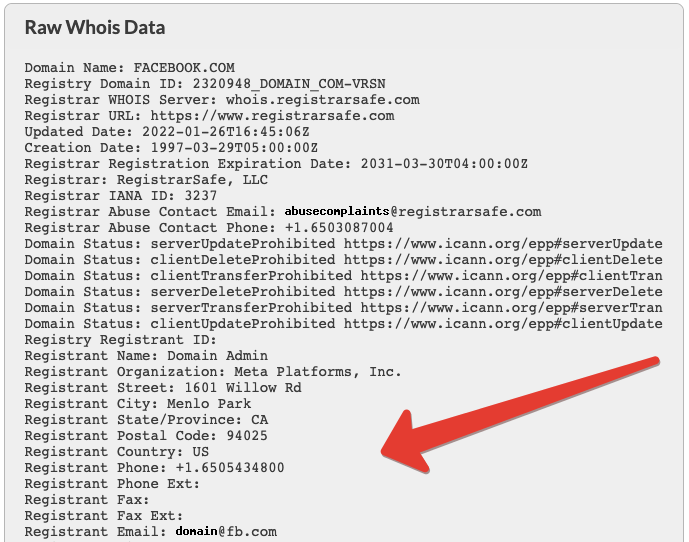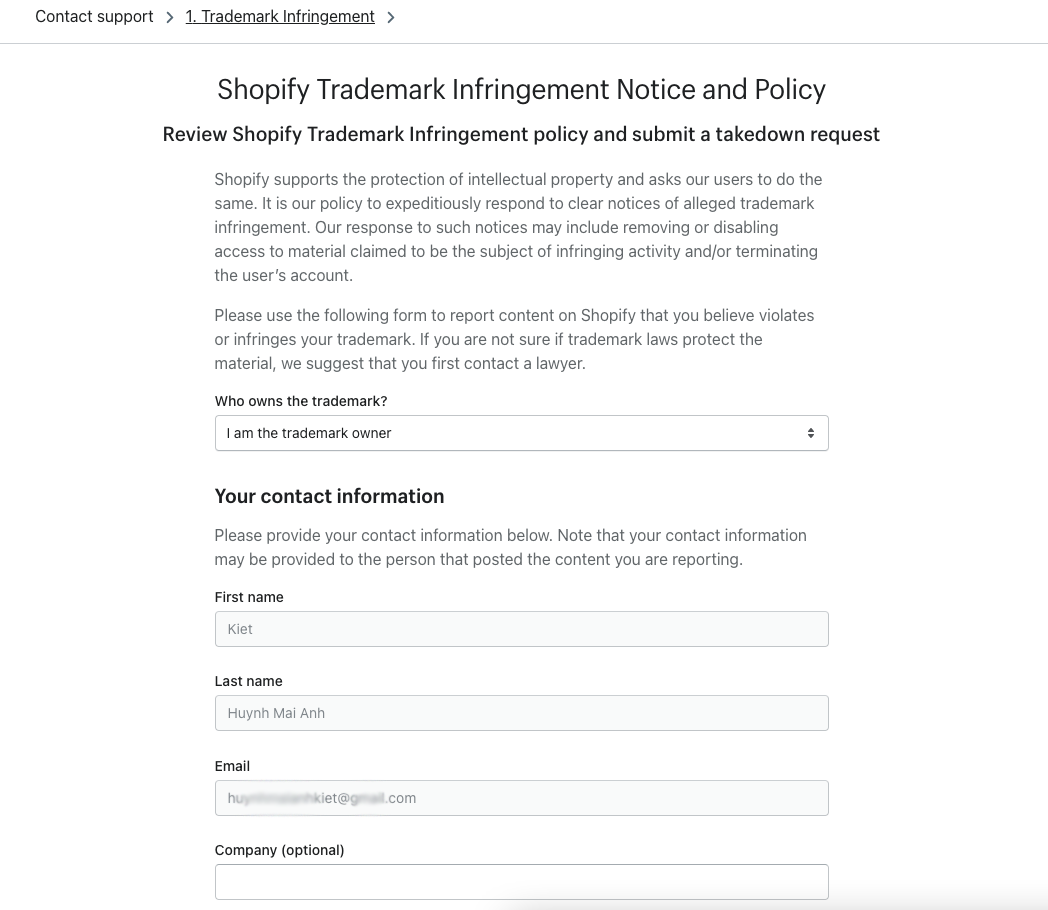How To Remove Your Copyrighted Material From Other Websites
One of the worst things that can happen to a shop owner is when their months-long effort is published on other websites without their permission and ends up being freely exploited.
Removing your images and materials from other websites can be a very difficult and challenging process. Most shop owners are unsure of where to begin.
This article will let you know some ways maybe help you to remove your copyrighted material from other websites.
1. Contact the site owner directly
“A bad compromise is better than a good lawsuit“, so contacting to the website owner is the first thing you should do. If you’re lucky, the website will provide an email address or a contact form. You can also contact them directly through social networking sites. If not, you can go further to make contact with the owner.

If you can’t be found any information on the website itself, you can look up contact information through the domain name they registered. You can utilize ICANN for this. This will provide contact details for the site owner and information about the company hosting the website.

You can demonstrate to them how they are violating your property rights. You request that they take your material off of their website. Additionally, you should also give them warnings if they disregard your orders.
If the website has no bad intentions the owner should remove your work from their website within 48 hours after receiving your request. However, if they purposefully disregard your warnings, it is time to submit a DMCA takedown request.
2. Submit a DMCA takedown request
A DMCA takedown is when content is removed at the owner’s request from a website or online platform. Website owners and internet service providers all across the world adhere to the DMCA Takedown as a well-established and universally recognized internet standard.
If a content owner’s property is discovered online without their consent, they have the right to submit a takedown notice against the owner of the website and/or an internet service provider (such as an ISP, hosting business, etc.).
Once you have prepared all the information, it is time to prepare the request itself. You can try the keyword “DMCA takedown form template” on Google, and you will find a lot of results. I suggest to you the “Create a DMCA takedown notice” form from Website Policies or DMCA Takedown Form from DMCA. These excellent tools can also be used to create a DMCA takedown request.
If you are using Shopify then the good news is that it shouldn’t take more than a few minutes to complete the Shopify DMCA takedown procedure.
Shopify offers an online form for convenient reporting of trademark and copyright infringements.
After receiving your Shopify DMCA, Shopify’s legal department will examine your request. Regarding whether or not they have accepted your DMCA, you ought to hear back soon. If they have, Shopify will send a DMCA complaint to the offending website, which will then be removed.
You can take additional actions to carry out this process if your Shopify DMCA request is rejected. More evidence of the Shopify website’s trademark or copyright infringement can be gathered, and a new report can be made. Your request is more likely to be granted if you can provide sufficient evidence, so make sure your copyrights and trademarks are current and straightforward to defend.

Conclusion
Getting the distribution of your materials without your permission is a terrible experience. Please don’t “lock the barn door after the horse is gone“. You should take action to protect the site’s content from being reused by malicious merchants. You can use AntiCopy – a Shopify app that helps to prevent content theft on your Shopify store.
I hope these tips will help you to protect your business.








